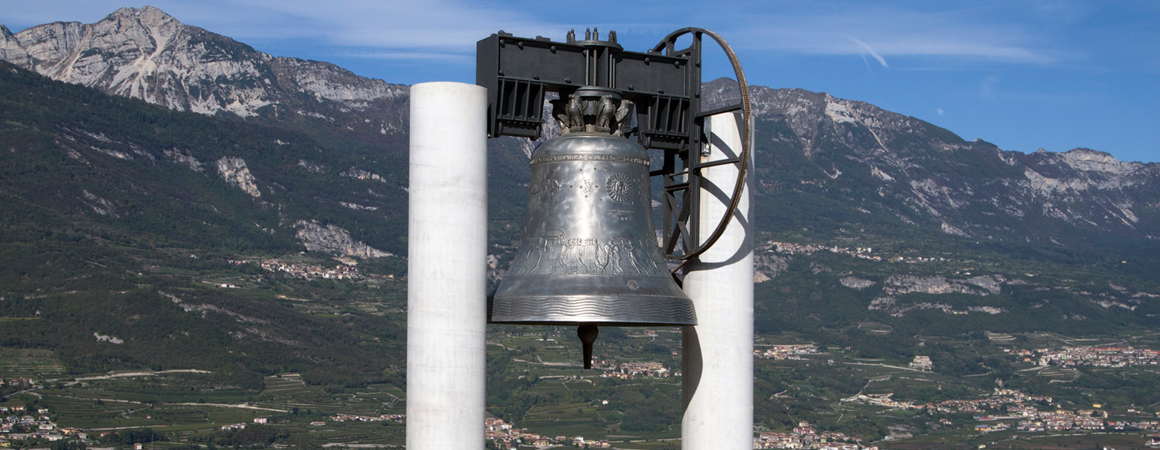Sustainable development is the challenge of the near future, but in the Arctic regions it already presents itself as particularly difficult. The Arctic may be considered a kind of laboratory for the conflict between strong interests and divergent values. There is still little talk of this in Italy: for obvious geographical reasons other problems are more evident here, but what is happening in the far north deserves attention from various points of view.
Climate change is more dramatic there than elsewhere. It is said that "white becomes blue": a suggestive image that may seem poetic, but in actual fact reveals a worrying evolution. The ice melts, making way for the sea which is warmer: the fish fauna is altered, the fishing possibilities change and new routes open to navigation such as the passage to the North-West. On land, new activities may commence, primarily the exploitation of underground resources. After all, the mineral resources of the subsoil are rich in materials essential to technology. Just consider the important deposits of rare earths. These are situations that could create new conflicts of interest between Arctic states and beyond: China has presented a White Paper, in which it claims to be a “Near-Arctic State” and declares its interests for the region.
Will the Arctic remain the same? What will be the effects of the ongoing change on the lives of the people living in the region? indigenous peoples live In the arctic regions, mainly Inuit, who move in territories now belonging to Canada, the United States, Greenland and Russia. They have inhabited these lands since time immemorial and contact with Europeans is relatively recent. The tribe of Thule, for example, dates back to 2000 years before Christ, but only in 1818 was it approached by European explorers. The indigenous people live in symbiosis with the land and nature, a relationship that has a profound religious dimension.
The protection of indigenous peoples, the respect and conservation of their culture are considered a value in international law today
The protection of indigenous peoples, the respect and conservation of their culture are now considered a value in international law, in the interest of all humanity. In this way, the assimilationist theory of the past, according to which the natives had to be educated in the dominant culture, has been overcome.
The traditional life of indigenous peoples takes place in small communities, in which each individual feels an active part. However, economic development can have a dramatic impact: working conditions in a mine or factory are incompatible with traditional habits in which hunting and fishing had always been collective activities, in contact with nature. Life in urban agglomerations close to productive activities has nothing to do with life in traditional villages.
The changes in living and working conditions are unsustainable for many indigenous people: suicides increase dramatically even among young people. For example, in Canada the suicide rate is estimated to be 10 times higher than that which is considered to be the average. There is talk of "transgenerational damage" which is also reflected in the new generations, which grow up deprived of the essential points of reference of their traditional culture.
Does it become important to understand who decides on the development of new projects? Who evaluates how to do it? What is the role of the indigenous?
With regard to international law, the specific consent of indigenous people is necessary only for measures involving their displacement from ancestral lands and relocation elsewhere. In the past, forced relocation measures were taken for example for the construction of military bases or dams.
The protection of indigenous peoples, the respect and conservation of their culture are considered a value in international law today
States have a duty to consult indigenous peoples. The United Nations Declaration on Indigenous Peoples, 2007 in fact provides for a much more favourable treatment where it is not a matter of binding norms but of a so-called soft law act.
Apart from this, the internal law in each country is regulated independently. Let us take a look at two different systems:
In Canada in 1999, the new state of Nunavut was established on a part of the North-West territories, a large autonomous region where approximately 38,000 people live, most of them Inuit. In other states of Canada, there are agreements with the Inuit population, which give them greater autonomy, with the right to be consulted and informed in the case of new projects. Moreover, the right to exploit the resources of the subsoil belongs to the central administration and royalties are granted to the Inuit.
Greenland, on the other hand, is inhabited by about 56,000 people, mostly Inuit. The region is part of Denmark, but has had almost total autonomy since 2009, with the exception of foreign and defence policy matters only. Here, therefore, it is the Inuit authorities who have the power to decide on the exploitation of the huge mineral resources, the proceeds of which remain with the region. Many voices however, arise to denounce that even in this case the population is not really consulted in an adequate manner. Among the Inuit themselves, the debate on whether to open up to the exploitation of mineral resources or to maintain a Greenland which is more tied to tradition is very lively, also because economic independence could allow Greenland to effectively become an independent state, putting an end to its ties with Denmark. The latest political developments, with the victory of the Greens in the 2021 elections, could lead to a reduction in exploitation concessions with a view to greater protection of the environment and traditional living conditions.
Alessandra Pietrobon, University of Padua


A view of the city of Iqaluit, capital of the Canadian Territory of Nunavut





